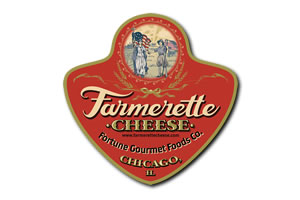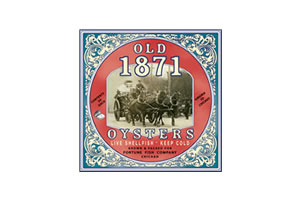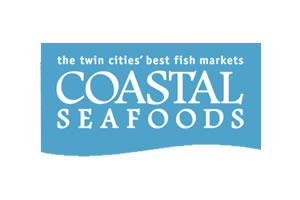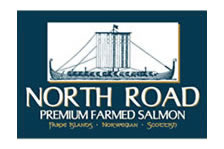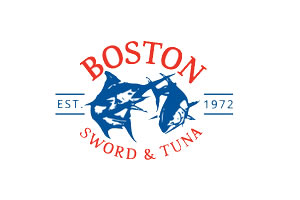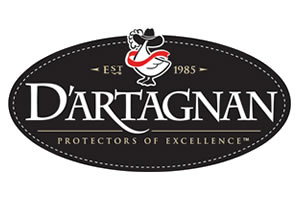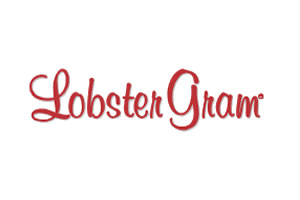
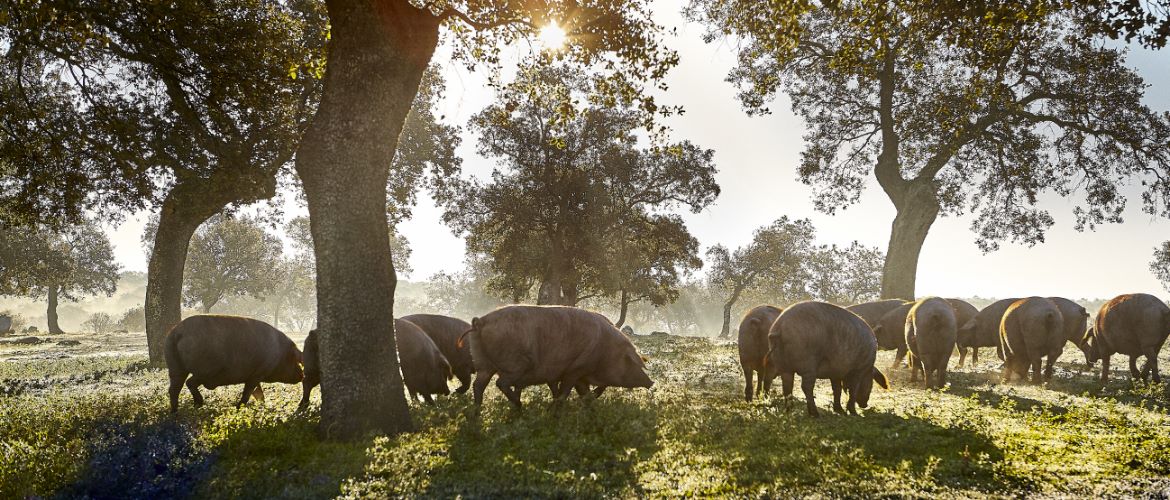
From Acorn to Plate: COVAP Jamón ibérico
A Symbol of Spanish Heritage and Gastronomy
Jamón ibérico is one of the most famous and celebrated of Spanish culinary traditions. Deeply rooted in the history and culture of the Iberian Peninsula, this process of making dry-cured ham dates back centuries. During the Roman era, jamón ibérico was recognized as a delicacy and was traded across the empire, much like it is today.
The Mythic Iberian Pig
Many have heard about the legendary acorn-fattened pigs in Spain, but similar to the appellation Kobe beef, there is often confusion about the terms and the quality.
Sus scrofa domesticus is native to the Iberian Peninsula, with origins that may be traced back to the Neolithic period, when animal domestication began. The Iberian pig ranges in color, red or dark grey to black—where its moniker pata negra, or black hoof, comes from—with little hair and a lean body. It has long legs and a pointed snout, designed for foraging acorns. The Iberian pig is unique because of its propensity for ample intramuscular and epidermal fat, which contributes to the color, flavor, and marbling of the pork it produces.
The breed is deeply rooted in Mediterranean agriculture and is an example of how an animal can contribute to the preservation of a unique ecosystem. The existing herds are clustered in Spain and parts of Portugal.
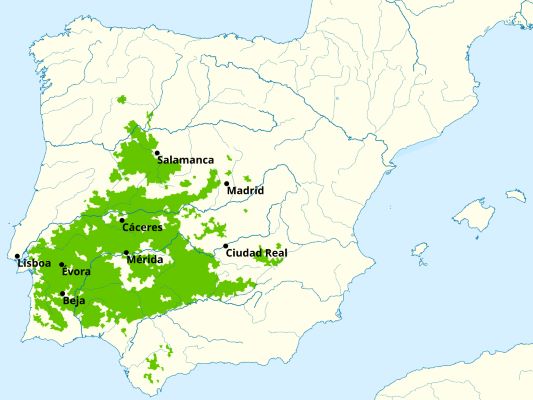 |
COVAP and the Dehesa
For more than four generations, the farmers in the Cooperativa Ganadera del Valle de los Pedroches —COVAP— have dedicated their lives to raising only free-range, purebred Iberian hogs. This extraordinary co-op is owned and operated by the farmers, which means their focus is on the health of the hogs, the ecosystem, and the sustainability of the business that allows them to preserve these ancient methods. The Pedroches de Córdoba Dehesa is a vast, ecologically rich holm oak woodland in southern Spain—the largest in the world.
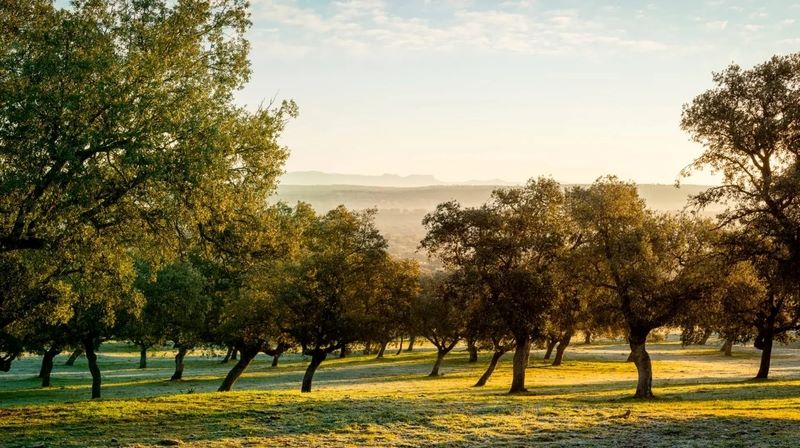 |
Los Pedroches is one of only four unique Protected Denominations of Origin (DOP) of ibérico pork that exist in Spain, north of Cordoba.
The Dehesa is a balance of ancient forest and pastureland, which makes for an incomparable ecosystem, preserved through sustainable farming that supports biodiversity and rural development. It is an example of traditional regenerative agriculture that goes back centuries.
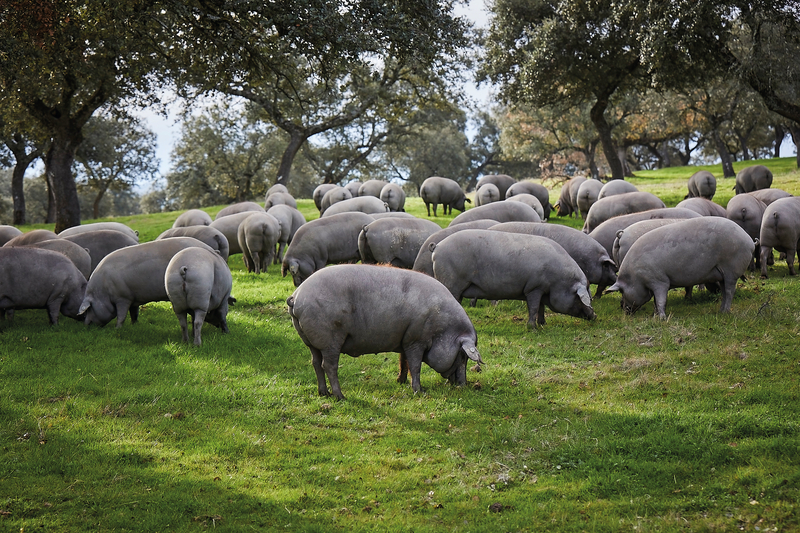 |
The pigs roam freely, feeding on grass, herbs, and —crucially— acorns, especially during the final months of their lives, which imparts that signature nutty flavor and rich marbling. In peak season, the pigs eat 20 lbs. of acorns a day; their diet is never supplemented with grain. The acorns from these ancient oak trees are sweeter than in other areas of Spain, lending a balanced flavor profile to COVAP’s cured products.
 |
 |
Taste and Texture
Outside of the oink, COVAP’s ibérico barely resembles pork as we know it. The breed has darker red meat, with more fat, rich in omega-3, like grass-fed beef, that contributes to a smooth, melt-in-the-mouth texture. The pigs grow out to 2 or 3 years old, which allows them to fully develop; this also makes the pork more flavorful. Cured hams made of ibérico bellota have a rich, savory flavor with nutty and sweet notes.
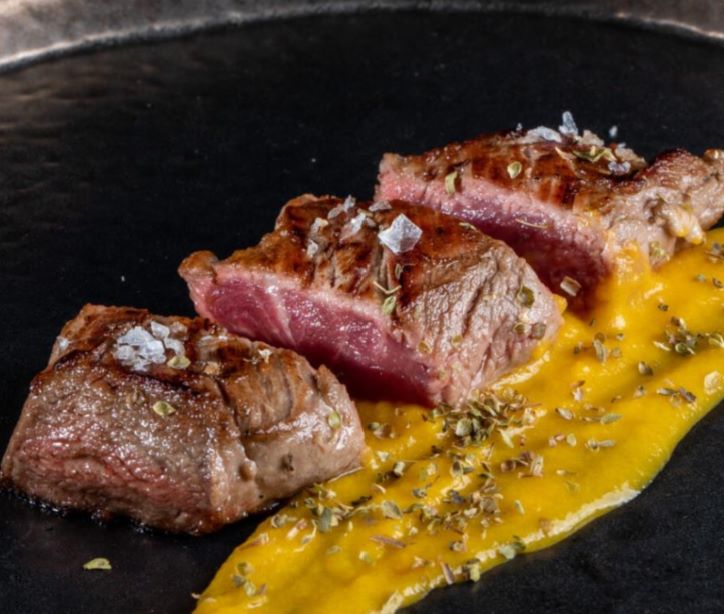 |
The Long Cure
COVAP is renowned for producing some of Spain’s finest jamón ibérico, with a meticulous process that combines tradition, innovation, and sustainability.
The tradition of curing jamón ibérico is passed down through generations, reflecting Spain’s heritage and craftsmanship. Before electricity and refrigeration, the temperature and humidity of the curing rooms would depend on the season. In today’s modern facilities, which can be perfectly controlled, COVAP mimics the natural seasons by using different drying rooms for different stages of the curing.
Ibérico production is seasonal; the hogs are only processed for a few months of the year, generally from January to March. Six months from processing would be in the middle of the summer, which is warmer and more humid in Spain, so COVAP has a six-month curing room that matches those conditions. Ten months into curing would be winter, with colder, drier air, so COVAP has a ten-month room to create the same conditions.
So, the hams move from room to room with each chamber being slightly different than the previous one, to recreate the rhythms of nature. It’s a clever mix of tradition and technology.
COVAP’s minimum curing period is 36 months compared to the standard 24 months. This produces the white spots, tyrosine crystals, that appear on the ham, imparting a richer, nuanced flavor.
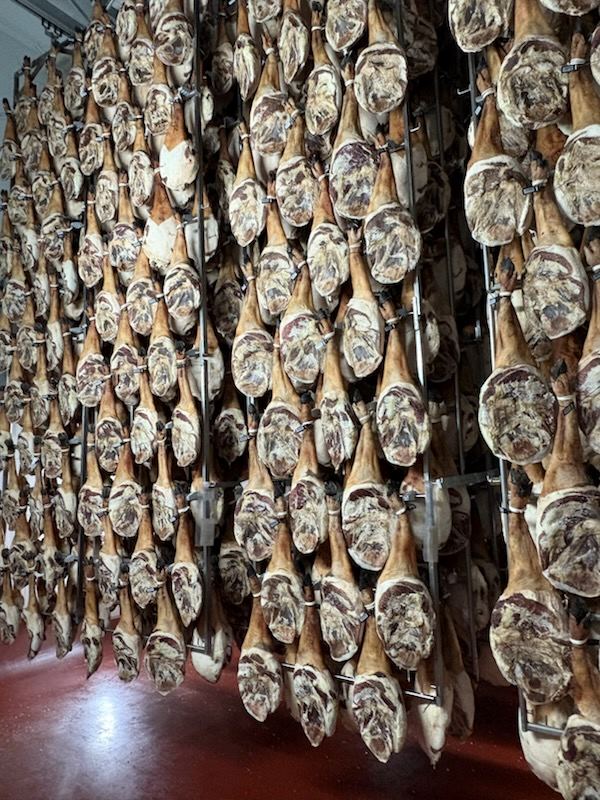 |
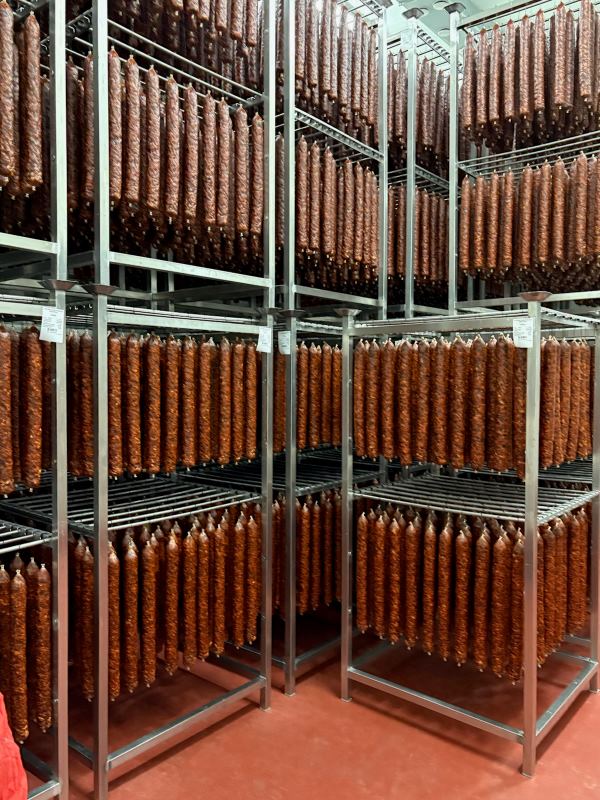 |
Classification and Labels
Within Spanish jamón production, there are different breeds and feeds, and these strict definitions are defined by a labeling system. There is a distinction between ham from the back legs (jamón) and front legs (paleta). The Spanish government’s quality classifications are based on genetics and diet, and they have a color-coded labeling system:
- White and green for grain-fed and pasture-grain-fed hams.
- Red and black for acorn-fed (bellota) hams; a black label indicates 100% Iberian purity
The Black Label is the most prestigious, and just 12% of all ibérico products receive it—and 10% of that is produced by COVAP. Many producers offer a range of jamón labels, but COVAP focuses only on making the highest quality, top-ranking Black Label 100% Ibérico Bellota, indicating the acorn diet.
Fortune Selections
We recently visited COVAP in Spain and were impressed by their entire operation—from the Dehesa to the curing rooms. They are an authentic, dedicated producer, expert in creating some of the finest cured meats on earth.
Their fully integrated system supports traditional farming methods and communities, ancient woodlands, the environment, and animal welfare. They blend generational know-how with advanced technology, ensuring both tradition and quality in every bite.
Fortune is proud to make this Spanish delicacy available in the U.S., and we offer a range of both cured and raw 100% acorn-fed Ibérico from COVAP, including sliced and whole jamón and chorizo. Explore the range of COVAP products here.
Explore the range of COVAP products here.




